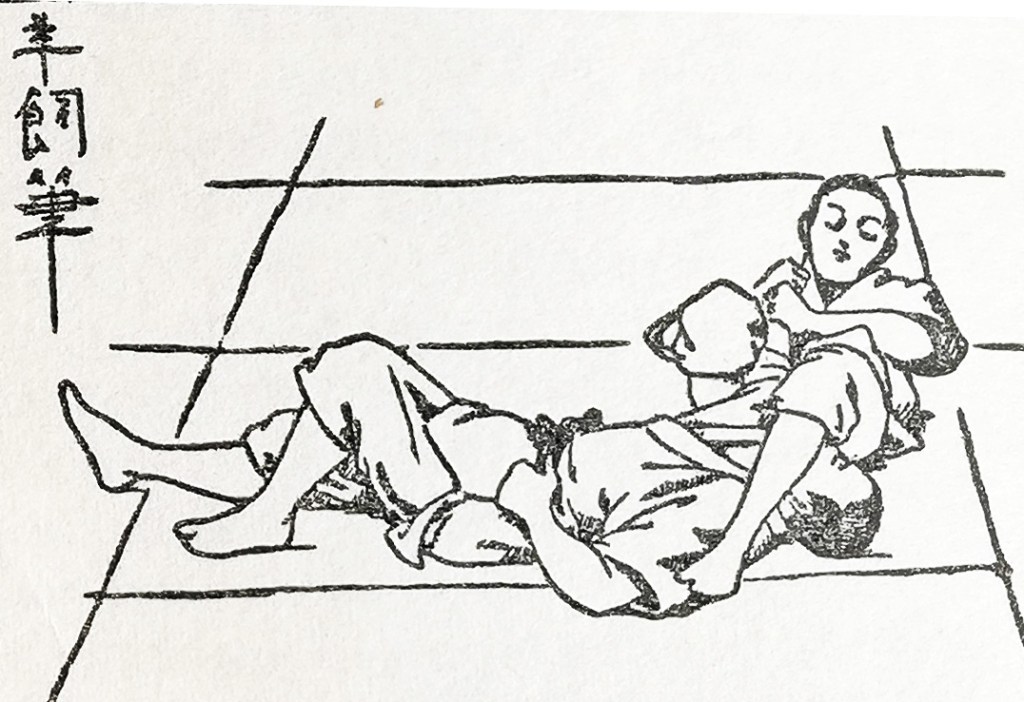Humbled Daily.

Before I launch into this latest blog theme, just a quick word about a new development.
I wanted to extend this writing project into something bigger and so have set up on Substack, a subscription service which is really taking off. I will write a following blog post to outline my plans, but basically it is already up and running. Please support this new project. It can be found at: https://budojourneyman.substack.com/
On with the theme…
In a recent interview with movement guru Ido Portal he mentioned that grapplers and wrestlers get humbled daily, and it was a healthy thing. They roll on the mat with people of different abilities and frequently experience the challenges that such opportunities present. Often, they fail in their intentions; frequently someone else’s intentions win over theirs and they experience failure. In fact, an intense session may well involve a rolling series of mini-victories and mini-defeats. These are all valuable growth experiences. [1]
Portal says that this seldom happens in traditional martial arts, and he’s right. While not being entirely absent, it certainly doesn’t happen to that intensity.
In traditional martial arts very often the training scenario is so tightly directed that there is little space for this type of training; or, in some cases ‘loss’ is too high a price to pay that it is actually demonised, or only seen for its negative attributes.
What are the real obstacles for us as traditional martial artists to engage in parallel ‘humbling’ interchanges? Here is a list of the potential problems:
- Attitude, this might be related to ego, rank, status etc. I find it ironic that ‘humility’ in Budo is seen as a positive attribute, yet the aforementioned attitude problems are allowed space in the Dojo.
- Avoidance. We know the phrase ‘risk averse’, if you don’t willingly embrace challenge it’s going to be very difficult to improve. [2]
- The constrictions of the training format. We know that our training in traditional martial arts is limited by having to fit so much into a limited time; our priority has to be the syllabus as this is the framework upon which everything depends. How to overcome these limitations often falls on the creativity of the Sensei. Some are good at this, others not so.
- The absence of ‘Play’. Often derided, but, if we think about it, some of our most powerful learning experiences have come to us through play – we only have to think of the physical challenges of our childhood.

And what about competition and sport?
The demonisation of ‘loss’ is perhaps amplified when martial arts become sports. Although, today there is a trend where everybody has to be a winner, it’s an illogical formula. I will counter this with the pro-hierarchy viewpoint. If there is no ladder-like hierarchy to climb then there is no value system. When everything becomes the same worth there’s nothing to aspire to, no striving, no reaching, the whole enterprise becomes meaningless.
In a karate competition the winner’s position becomes of value because of everyone who pitched in and competed on that day. The winner should feel genuine gratitude towards all of those who competed against him or her, it was their efforts that elevated the champion to that top position. And, although all of those people don’t get the trophy or the accolades, they gain so much in the experience of just competing. This is the true ‘everybody is a winner’ approach.
In a healthy Dojo environment instructors are beholden to devise ever more creative ways of training to allow students to experience lots of free-flowing exchanges, where mistakes are seen as learning experiences. A while back, I shamelessly stole a phrase from an ex-training buddy who was from another system. He called this stuff ‘flight time’, as in, how trainee pilots clock up their hours of developing experience. If you get the balance right nothing is wasted in well designed ‘flight time’ in the Dojo. Over the last ten years or so I have been working on different methods of creating condensed ‘flight time’ experiences. When it’s going well there are continually unfolding successes and failures, and the best part of it is that during training everybody gets it wrong sometimes and therefore has to learn to savour the taste of Humble Pie.
Bon Appetit.
Tim Shaw
[1] I have heard similar things from the early days of Kodokan Judo, hours and hours of rolling and scrambling with opponent after opponent.
[2] ‘Invest in loss’ is a phrase often heard among Tai Chi people. It describes the lessons learned from failure. The late Reg Kear told a story about his experiences with the first grandmaster of Wado Ryu, who said something similar to, ‘when thrown to the floor, pick up change’ and then, with a smile, mimed biting into a coin.
Featured images from ‘The Manual of Judo’, E. J. Harrison 1952.